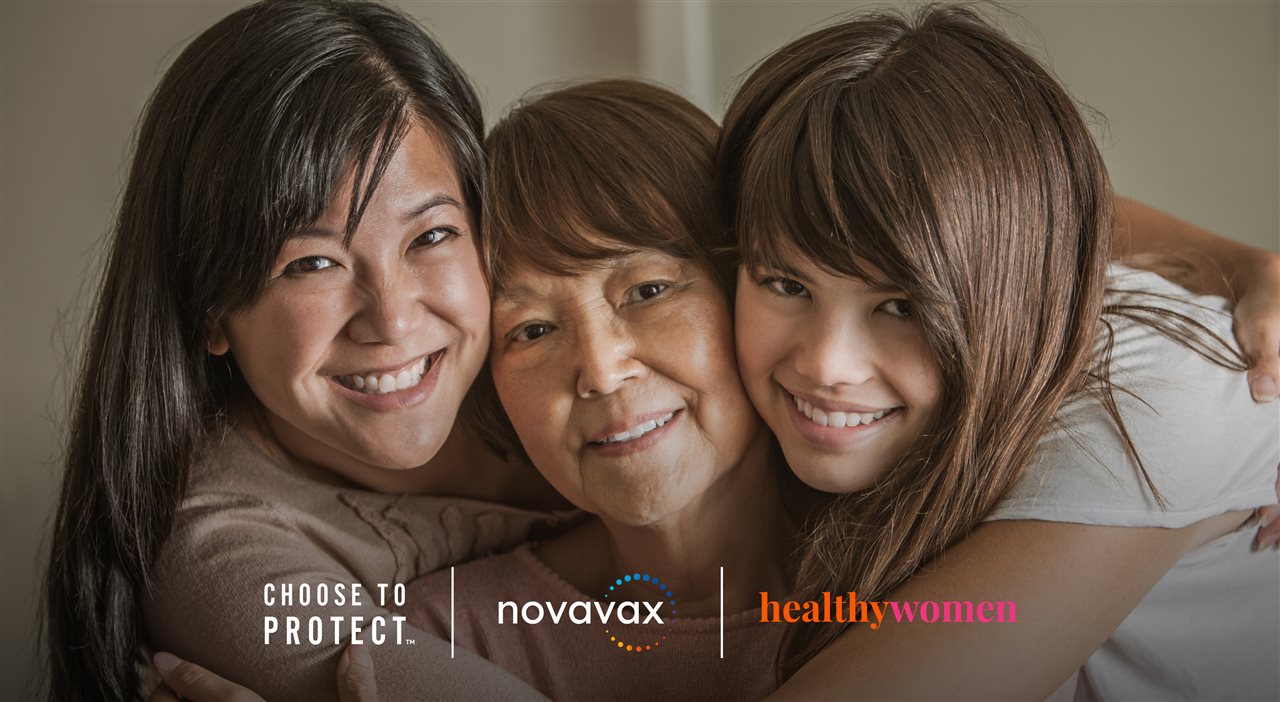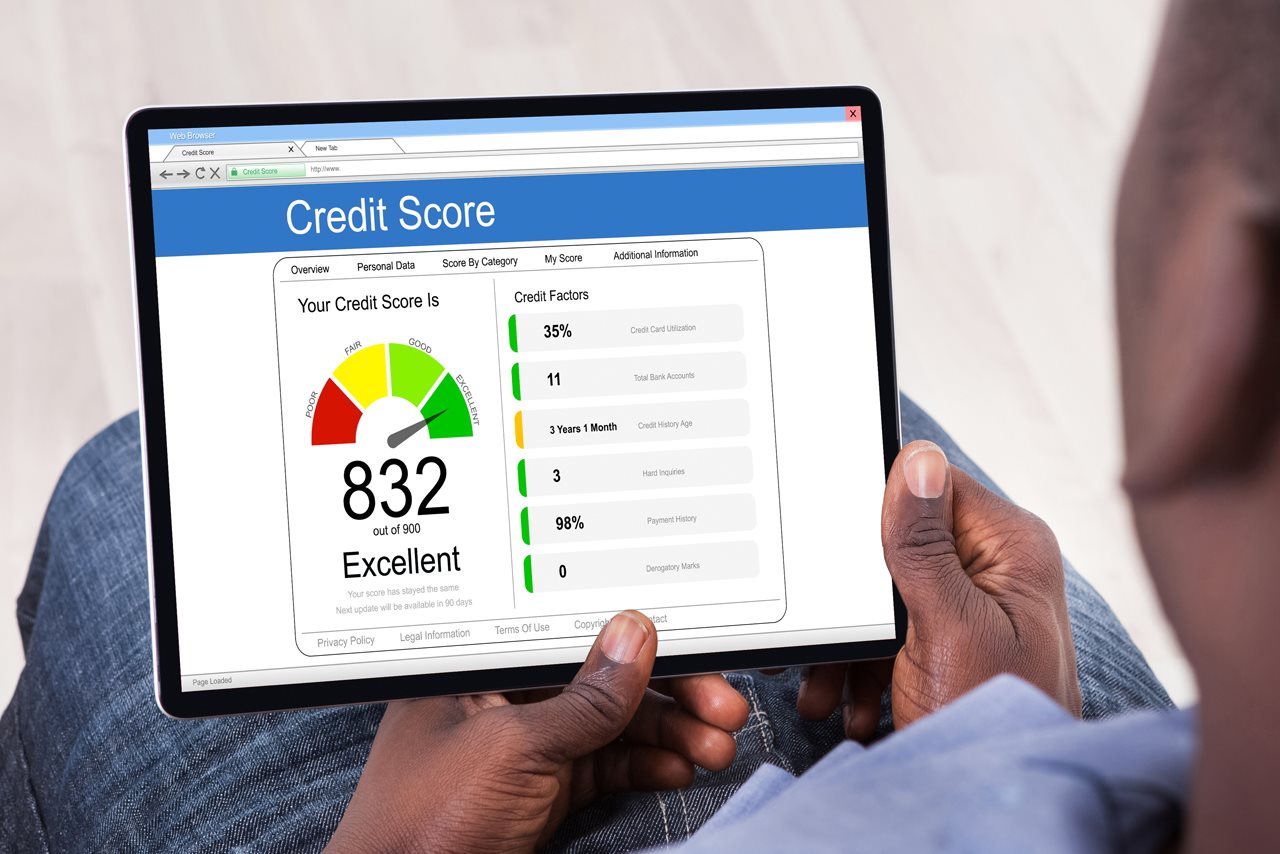2023-11-07T08:01:00
(BPT) – Sponsored by GSK.
Nurses use their knowledge, training and compassion to help patients cope with the most difficult times in their lives. Retired nurses, Peg and Debbie, share their stories of how they adjusted from nurse to patient after being diagnosed with advanced ovarian cancer, along with their advice for anyone impacted by the disease.
These are the stories of Peg and Debbie and how they managed their disease.
Peg and Debbie are spokespeople for GSK. This is their experience and others’ may be different.
From nurse to patient
While both nurses recognized symptoms that seemed abnormal, they also had to face the reality that it can take time to reach a correct diagnosis.
Peg
After testing positive for COVID during the pandemic, Peg’s abdominal pain was assumed by her health care providers to be caused by COVID-related colitis. She had a number of abdominal CT scans due to her abdominal discomfort for several months that were inconclusive until an ovarian cyst and potential bowel infection were shown. Peg’s experience as a nurse told her she shouldn’t be developing cysts at age 65, so she immediately contacted her gynecologist. After undergoing laparoscopic surgery to address these issues, Peg was told in the recovery room that she had ovarian cancer. There are currently no recommended screening tests for ovarian cancer, and PAP smears do not detect the disease.1
Upon her diagnosis, she met with her gynecologic oncologist within two days and underwent a total hysterectomy along with partial colectomy (removal of uterus and cervix, and part of the bowel) days later.
Although Peg found the transition to becoming a patient challenging, she also gained clarity about her role. “I told every healthcare professional I interacted with that I did not want to be spoken to like a nurse,” Peg explained. “I wanted to be treated like a patient — someone with a serious condition who needed a treatment plan that could help prolong my life.”
Debbie
Debbie’s diagnosis was especially shocking to her as a former obstetrics and gynecology nurse. Though she routinely “reinforced the importance of regular PAP smears, breast self-exams, and mammograms” to her patients at the clinic, “symptoms of ovarian cancer were never a priority in patient education.” Debbie’s situation is not uncommon, as the signs and symptoms of ovarian cancer can be similar to common health conditions.2
After Debbie mentioned irregular brown spotting she was experiencing at a check-up, an ultrasound discovered a thickened uterine lining and abnormal bilateral ovaries. The gynecologist explained that her ovaries showed cysts and lesions.
Debbie’s ovarian cancer wasn’t discovered until after she had surgery to remove a polyp, the thick uterine lining, and her tubes and ovaries. She was surprised by the diagnosis, as she had experienced none of the symptoms — such as pelvic pain — that the gynecologist had asked her about. Debbie’s experience is not abnormal, as ovarian cancer often produces symptoms caused by less serious conditions and can even cause no symptoms at all.1
Debbie’s diagnosis disrupted plans to enjoy retirement at the beach with her husband. “I’ve always been a planner. In junior high, when I was asked what I wanted to be when I grew up, I said I planned to be a nurse,” said Debbie. “But I never planned to have cancer.”
Ovarian cancer facts
About 20,000 people will receive a new diagnosis of ovarian cancer in the U.S. this year, according to current estimates from the American Cancer Society — and about 13,000 will die from ovarian cancer.3 In fact, ovarian cancer ranks fifth in cancer deaths for women.3 The American Cancer Society reports that ovarian cancer often develops in older women, with about one-half of those diagnosed being 63 or older.3
First-line treatment for advanced ovarian cancer
For both women, their initial treatment involved at least one surgery, followed by chemotherapy. Another vital aspect of their treatment plans was the pursuit of maintenance therapy, a treatment approach that may extend the time before cancer comes back. Maintenance therapy can be an important approach to ovarian cancer treatment as about 85% of people with ovarian cancer experience recurrence after their initial treatment.4
In Peg’s case, she was eligible to receive a type of maintenance therapy, a poly (ADP-ribose) polymerase (PARP) inhibitor, that might be beneficial for her long-term care. These inhibitors work to prevent cells from repairing their damaged DNA, which may help slow the return of progression of cancer.5 “When discussing options with my oncologist, she recommended ZEJULA (niraparib) as a first-line maintenance treatment as my best course to help prolong remission,” Peg explained. Maintenance therapy options, like ZEJULA, may help delay certain types of advanced ovarian cancer from coming back.6
APPROVED USES
ZEJULA tablet is a prescription medicine used for the:
• maintenance treatment of adults with advanced ovarian cancer, fallopian tube cancer, or primary peritoneal cancer. ZEJULA is used after the cancer has responded (complete or partial response) to treatment with platinum-based chemotherapy
It is not known if ZEJULA is safe and effective in children.
Peg’s doctor discussed the most serious potential side effects of ZEJULA with her, such as bone marrow problems called MDS (myelodysplatic syndrome) or a type of blood cancer called AML (acute myeloid Leukemia) which may lead to death. Routine monitoring of high blood pressure, heart rate and monitoring of blood counts will be required during treatment. ZEJULA has also been associated with PRES (posterior reversible encephalopathy syndrome) which may cause headaches, vision changes, confusion or seizures.
Peg experienced elevated blood pressure and headaches with her initial dose of ZEJULA. This was Peg’s experience, yours may be different. “It’s important to keep your doctor informed of any side effects you may be experiencing,” Peg added. Some of the more common side effects for ZEJULA are nausea, tiredness, constipation, and pain in the muscles or back. These are not all the potential side effects of ZEJULA; please review the Important Safety Information below, as well as the full Prescribing Information.
ZEJULA should be taken at the same time every day. Peg takes her treatment every night at bedtime and although the routine works for her, she strongly recommends other patients work with their doctor to find a regimen that works best for them.
“Today, my bloodwork is monitored monthly, and I still actively see my oncologist. It’s important to work with your physician to follow the monitoring schedule,” Peg said. “I had to put a lot of trust and faith in letting the professionals do what they knew how to do in helping me find the right treatment. I’m grateful to have found a maintenance treatment for advanced ovarian cancer that works for me.”
In Debbie’s case, she was also able to get through chemotherapy with manageable side effects. “After the third round of chemo, my doctor brought up the idea of using a PARP inhibitor as a maintenance treatment for advanced ovarian cancer,” said Debbie.
Debbie underwent genetic testing to discover that she was negative for the BRCA (BReast CAncer) gene. However, her tumor was positive for the homologous recombination deficiency (HRD) biomarker. Because of her HRD mutation, Debbie explained, “my doctor recommended ZEJULA which may help delay any potential recurrence.”
BRCA genes produce proteins that repair damaged DNA, and mutations in these genes can carry increased risks of certain types of cancers, such as ovarian cancer.7 HRD means that the body’s cell repair system no longer works properly, and therefore is unable to repair damaged DNA in the body’s cells.8 When a cancerous tumor tests positive for HRD, this means that its cancer cells have a harder time repairing themselves.8
Debbie experienced side effects including nausea, feeling winded with any exertion and dropping blood counts. This was Debbie’s experience, yours may be different. After adjusting the dose of ZEJULA and addressing her side effects, Debbie’s doctor was able to find the right amount of medicine that worked for her.
Everyone’s reaction to medication may be different, so both women stressed the importance of frequent communication with your healthcare team.
“I encourage others to listen to their bodies and not ignore subtle symptoms. Find a doctor who is willing to listen to you and educate you on your disease,” Debbie noted. “I’m now planning on living my life the best way that I can! Advanced ovarian cancer has changed a lot of things in my life, but one thing will never change: I’ll always be a planner.”
APPROVED USES
ZEJULA (niraparib, tablets 100 mg/200 mg/300 mg) tablet is a prescription medicine used for the:
• maintenance treatment of adults with advanced ovarian cancer, fallopian tube cancer, or primary peritoneal cancer. ZEJULA is used after the cancer has responded (complete or partial response) to treatment with platinum-based chemotherapy
It is not known if ZEJULA is safe and effective in children.
Important Safety Information
ZEJULA (niraparib, tablets 100 mg/200 mg/ 300 mg) may cause serious side effects, including:
Bone marrow problems called Myelodysplastic Syndrome (MDS) or a type of blood cancer called Acute Myeloid Leukemia (AML). Some people who have ovarian cancer and who have received previous treatment with chemotherapy or certain other medicines for their cancer have developed MDS or AML during treatment with ZEJULA. MDS or AML may lead to death.
Symptoms of low blood cell counts (low red blood cells, low white blood cells, and low platelets) are common during treatment with ZEJULA. They can be a sign of serious bone marrow problems, including MDS or AML. These symptoms may include the following:
|
|
|
|
|
|
|
- Bruising or bleeding more easily
|
|
|
|
|
Your doctor will do blood tests to check your blood cell counts before treatment with ZEJULA. You will be tested weekly for the first month of treatment with ZEJULA, monthly for the next 11 months of treatment, and from time to time afterward.
High blood pressure is common during treatment with ZEJULA, and it can become serious. Your doctor will check your blood pressure and heart rate at least weekly for the first two months, then monthly for the first year, and as needed thereafter during your treatment with ZEJULA.
Posterior reversible encephalopathy syndrome (PRES) is a condition that affects the brain and may happen during treatment with ZEJULA. If you have headache, vision changes, confusion, or seizure, with or without high blood pressure, please contact your doctor.
Before starting to take ZEJULA, tell your doctor about all of your medical conditions, including if you:
- Have heart problems
- Have liver problems
- Have high blood pressure
- Are pregnant or plan to become pregnant. ZEJULA may harm an unborn baby and may cause loss of pregnancy (miscarriage)
- If you are able to become pregnant, you should use effective birth control (contraception) during treatment with ZEJULA and for 6 months after taking the last dose of ZEJULA
- If you are able to become pregnant, your doctor may perform a pregnancy test before you start treatment with ZEJULA
- You should tell your doctor right away if you become pregnant
- Are breastfeeding or plan to breastfeed
- ZEJULA may harm your baby. You should not breastfeed your baby during treatment with ZEJULA and for 1 month after taking the last dose of ZEJULA
Tell your doctor about all the medicines you take, including prescription and over-the-counter medicines, vitamins, and herbal supplements.
The most common side effects of ZEJULA include the following:
- Nausea
- Tiredness
- Constipation
- Pain in your muscles and back
- Pain in the stomach area
- Vomiting
- Loss of appetite
- Trouble sleeping
- Headache
|
- Shortness of breath
- Rash
- Diarrhea
- Cough
- Dizziness
- Changes in the amount or color of your urine
- Urinary tract infection
- Low levels of magnesium in the blood
|
If you have certain side effects, then your doctor may change your dose of ZEJULA, temporarily stop, or permanently stop treatment with ZEJULA.
These are not all the possible side effects of ZEJULA. For more information, ask your doctor or pharmacist. Call your doctor for medical advice about side effects. You are encouraged to report side effects of prescription drugs to the FDA. Visit www.fda.gov/medwatch, or call 1-800-FDA-1088.
Please see full Prescribing Information.
To learn more about this treatment option, visit ZEJULA.com.
Trademarks are owned by or licensed to the GSK group of companies.
©2023 GSK or licensor.
NRPCOCO230010 October 2023
Produced in USA.
References
- American Cancer Society. Can Ovarian Cancer Be Found Early? https://www.cancer.org/cancer/ovarian-cancer/detection-diagnosis-staging/detection. Last Updated July 24, 2020. Accessed October 2023.
- American Cancer Society. Signs and Symptoms of Ovarian Cancer. https://www.cancer.org/cancer/types/ovarian-cancer/detection-diagnosis-staging/signs-and-symptoms.html. Last Updated April 11, 2018. Accessed October 2023.
- American Cancer Society. Key Statistics for Ovarian Cancer. https://www.cancer.org/cancer/ovarian-cancer/detection-diagnosis-staging/detection.html. Last Updated January 12, 2022. Accessed October 2023.
- Lorusso D, Mancini M, Di Rocco R, et al. The role of secondary surgery in recurrent ovarian cancer [published online August 5, 2012]. Int J Surg Oncol. 2012;2012:613980. doi:10.1155/2012/613980. Accessed October 2023.
- NCI Dictionary of Cancer Terms: PARP inhibitor. National Cancer Institute website. https://www.cancer.gov/publications/dictionaries/cancer-terms/def/parp-inhibitor. Accessed October 2023.
- ZEJULA Tablet PI. GSK 2023. Accessed October 2023.
- National Cancer Institute. BRCA Mutations: Cancer Risk and Genetic Testing. https://www.cancer.gov/about-cancer/causes-prevention/genetics/brca-fact-sheet. Last Updated November 19, 2020. Accessed October 2023.
- Target Ovarian Cancer. Homologous recombination deficiency. https://targetovariancancer.org.uk/about-ovarian-cancer/hereditary-ovarian-cancer/homologous-recombination-deficiency. Accessed October 2023.


























